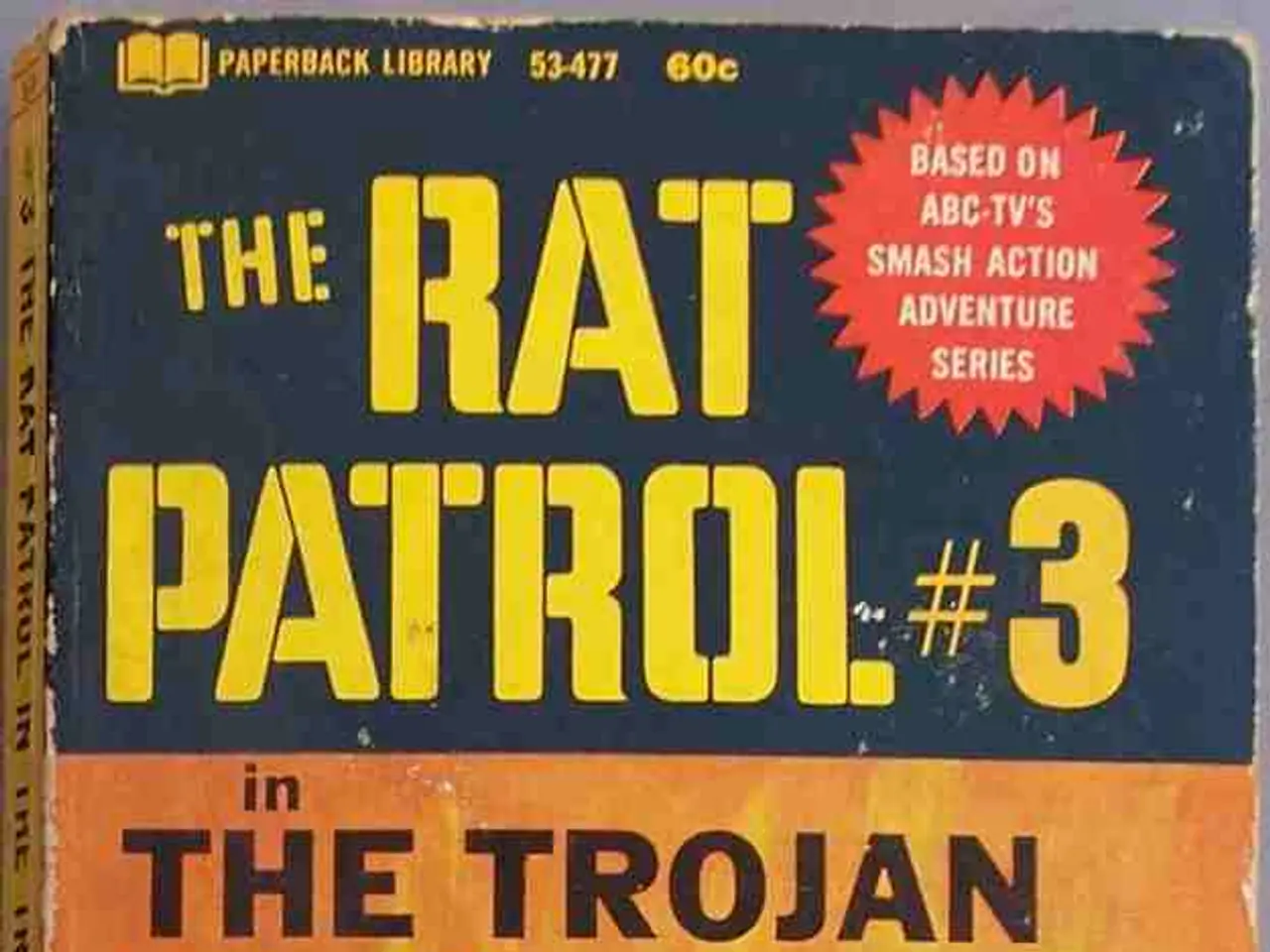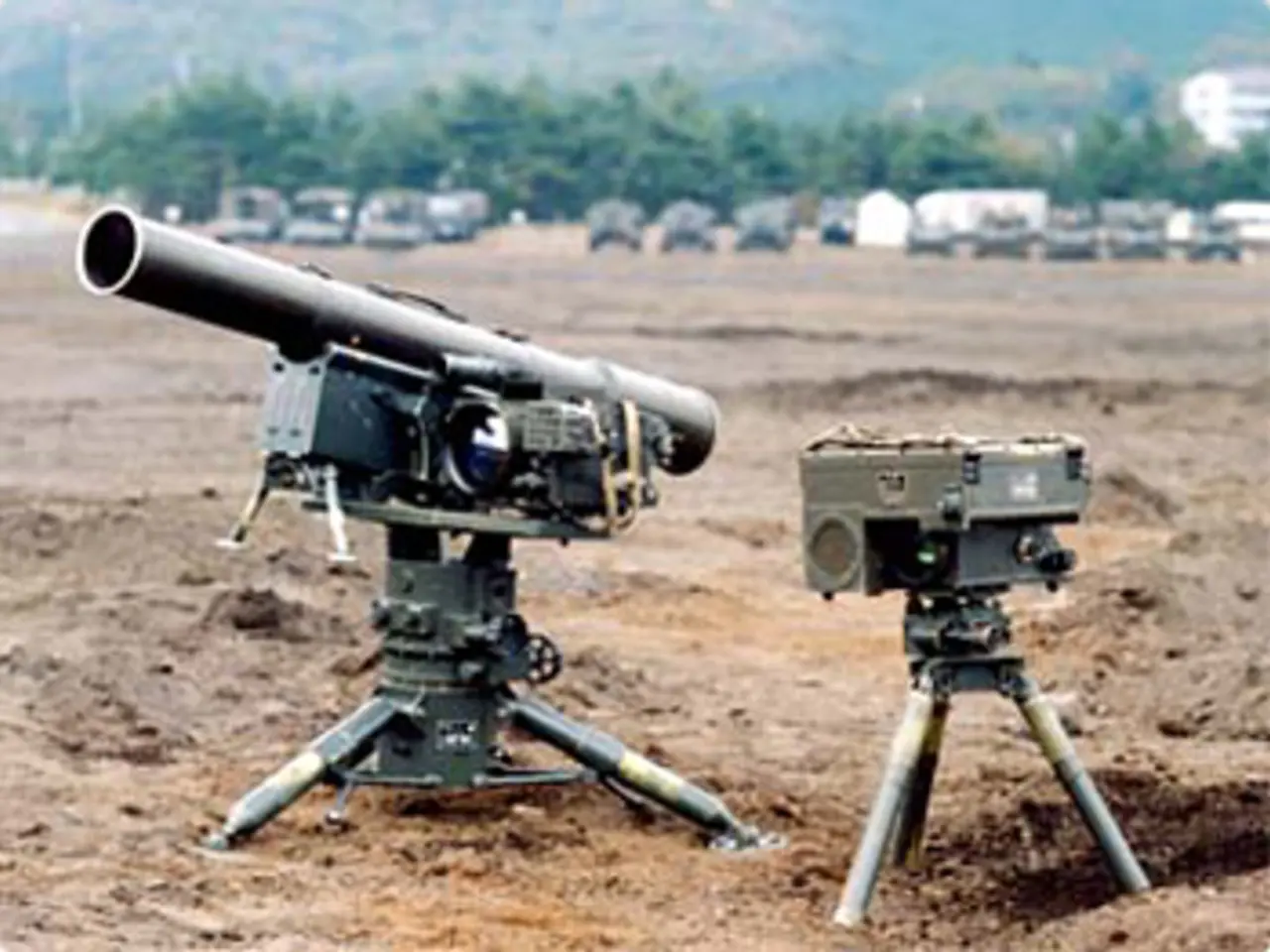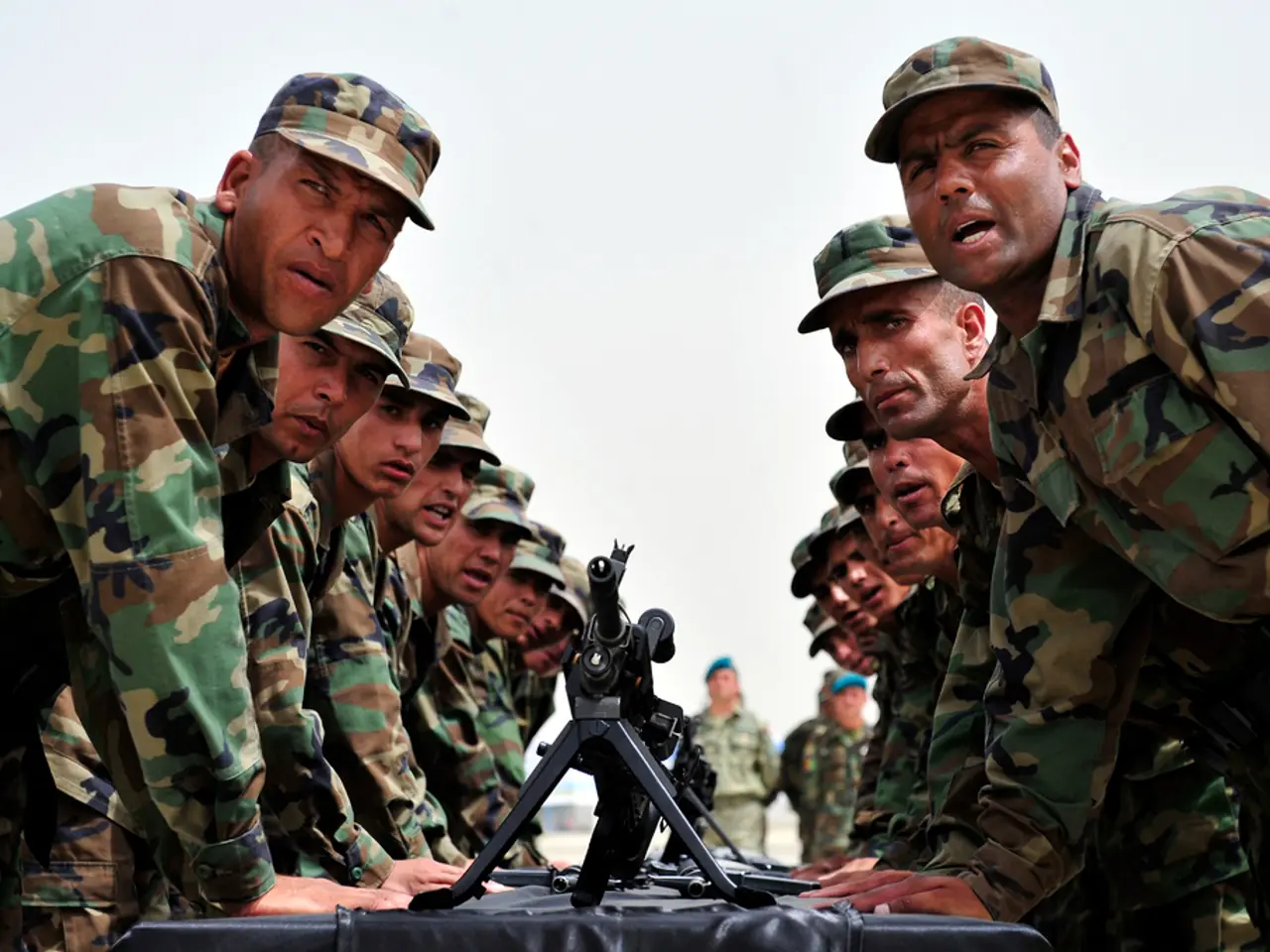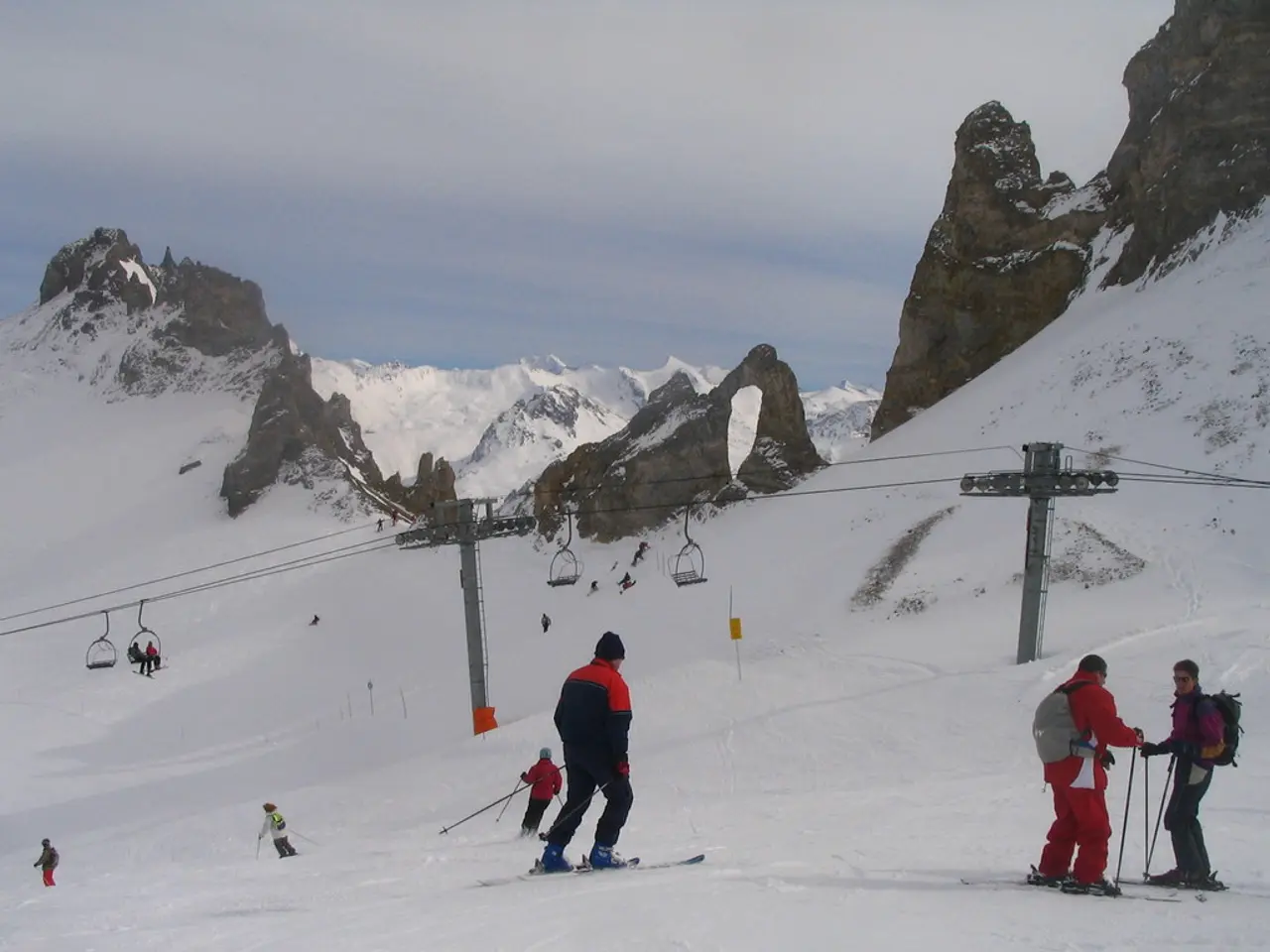Detailed Findings on Trump Attempted Murder Incident: 'Pervasive Faults' - Investigation findings on Trump's assassination: "Significant imperfections"
In a shocking revelation, a report has exposed a series of **preventable errors** in the Secret Service's handling of an assassination attempt on former President Donald Trump during a campaign event in Butler, Pennsylvania, on July 13th, 2021.
The report, which was commissioned by the U.S. Senate committee, highlights **significant breakdowns in communication, planning, resource allocation, training, and culture within the Secret Service**. These failures compromised the effectiveness of protection during the incident, nearly costing President Trump his life.
Key details of the failures include:
- **Communication and technological issues:** Law enforcement officers at the rally experienced confusion and miscommunication as the shooting unfolded. Bodycam footage showed moments of frustration among officials regarding the detected threat on a rooftop, which delayed effective coordination among security personnel.
- **Failure to proactively share threat information internally:** The report recommends changes to Secret Service policies to improve the proactive sharing of threat information among agents and partners, highlighting that inadequate internal communication contributed to vulnerabilities in protecting Trump.
- **Mistakes in planning and allocation of resources:** The review found that there were significant mistakes in how the event was planned and how resources were allocated for the protection of the candidate. This included inadequacies in positioning and readiness of the countersniper teams, who initially faced the wrong direction and needed to reorient toward the gunman before neutralizing him.
- **Training deficiencies:** The investigation pointed out lapses in agent training that affected their ability to respond swiftly and effectively to the attack.
- **Bureaucratic complacency and static operational culture:** The Department of Homeland Security’s independent review described the Secret Service as having become bureaucratic and complacent, despite evolving risks and technologies, which contributed to vulnerabilities in its protective mission.
Consequences for personnel were severe, with six Secret Service agents, from supervisory to line agent levels, receiving suspensions ranging from 10 to 42 days with the right to appeal. The Secret Service director at the time also resigned shortly after the attack.
The attacker fired eight shots, striking Trump on the right ear and three rallygoers, killing firefighter Corey Comperatore and injuring two others. The shooter was killed 16 seconds after he began firing, by a Secret Service counter sniper who had to reorient due to initial positioning issues.
The Secret Service acknowledged the event as an **operational failure** and has since been focused on reforms to prevent such failures in future, emphasizing continuous improvement to uphold its zero-fail mission.
The final report does not specify the identity of the attacker or the manner of their death. However, it does criticize the Secret Service for failing to share crucial information about a suspicious person and the threat level with Trump's security detail.
These combined failures created an environment in which an assassination attempt nearly succeeded and tragically cost a life, prompting widespread calls for reform in the Secret Service's protective operations.
| Area | Specific Issues | |-----------------------|----------------------------------------------------------| | Communication | Confusion, miscommunication, poor internal threat sharing | | Planning & Resources | Poor event planning, insufficient sniper positioning | | Training | Inadequate agent training for rapid, coordinated response | | Culture & Oversight | Bureaucratic complacency, static operational practices | | Personnel Accountability | Suspension of 6 agents, resignation of director |
[1] [The New York Times](https://www.nytimes.com/2022/07/13/us/politics/trump-assassination-attempt-report.html) [2] [The Washington Post](https://www.washingtonpost.com/politics/2022/07/13/trump-assassination-attempt-report-reveals-secret-service-failures/) [3] [CNN](https://www.cnn.com/2022/07/13/politics/trump-assassination-attempt-report/index.html) [4] [Politico](https://www.politico.com/news/2022/07/13/trump-assassination-attempt-report-reveals-secret-service-failures-00044927)
- Despite the President of the Commission (Senate) commissioning a report on the Secret Service's handling of the assassination attempt on then-President Donald Trump in July 2021, the report exposed numerous preventable errors, such as communication and technological issues, failure to share threat information internally, mistakes in planning and resource allocation, training deficiencies, bureaucratic complacency, and static operational culture.
- The report also highlighted the consequences of these failures, including personnel accountability measures, like suspensions and the resignation of the Secret Service director, as well as the tragic death of firefighter Corey Comperatore and injuries to two others, making it a significant issue under the purview of the President of the Council (White House) for policy-and-legislation, politics, and general news, especially in the crime-and-justice sector.






